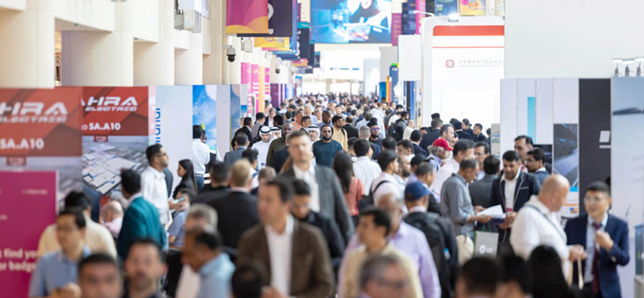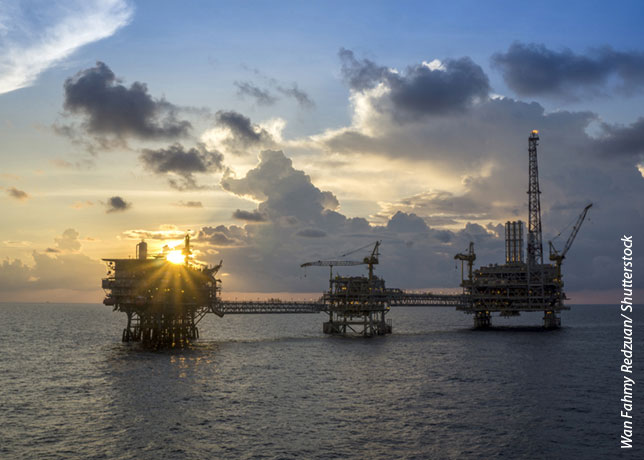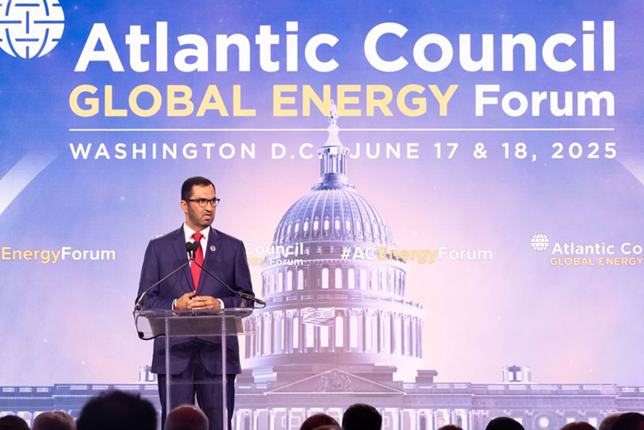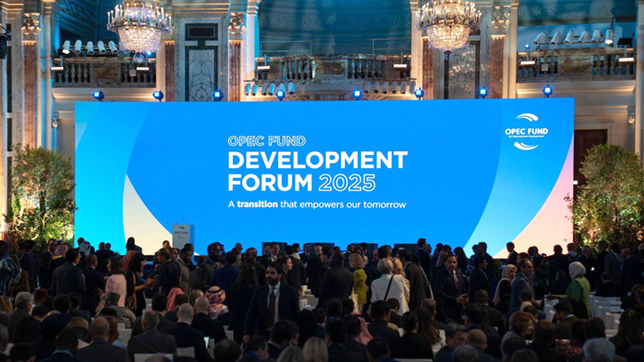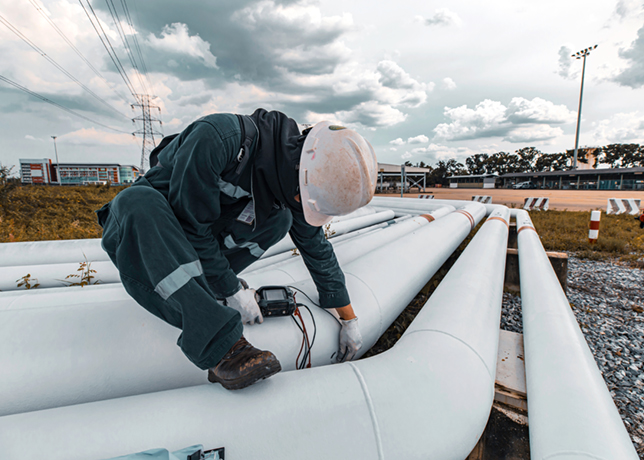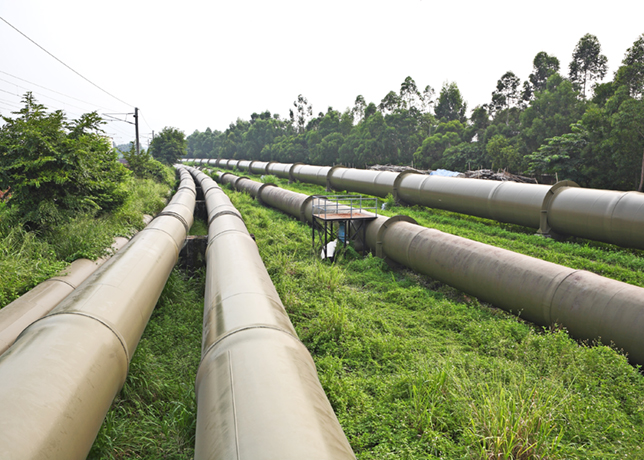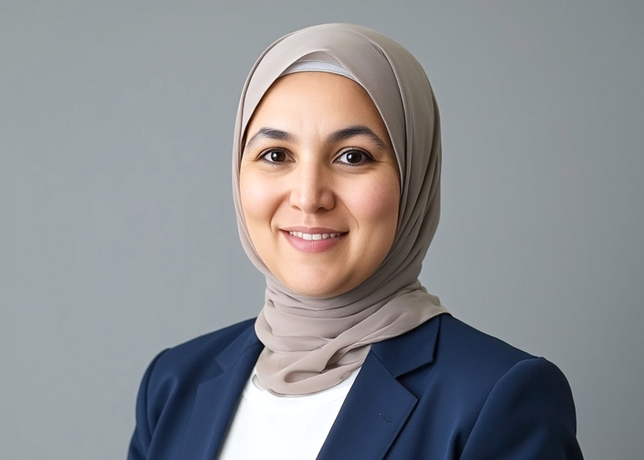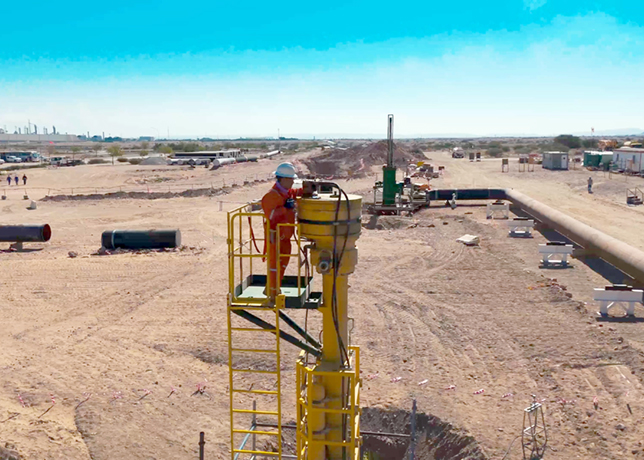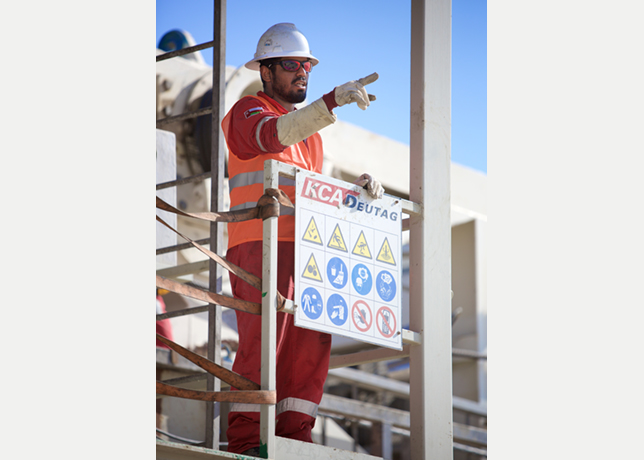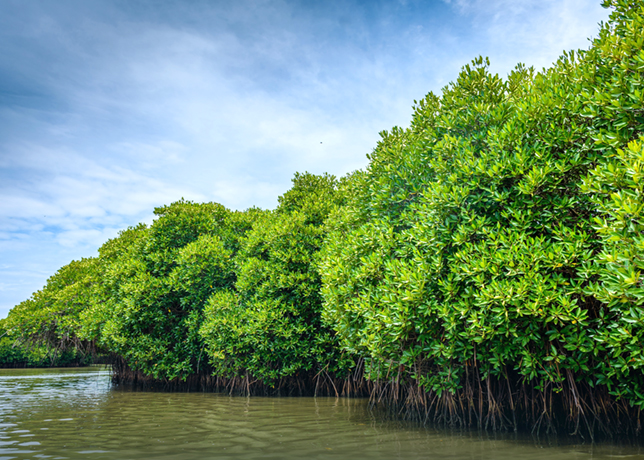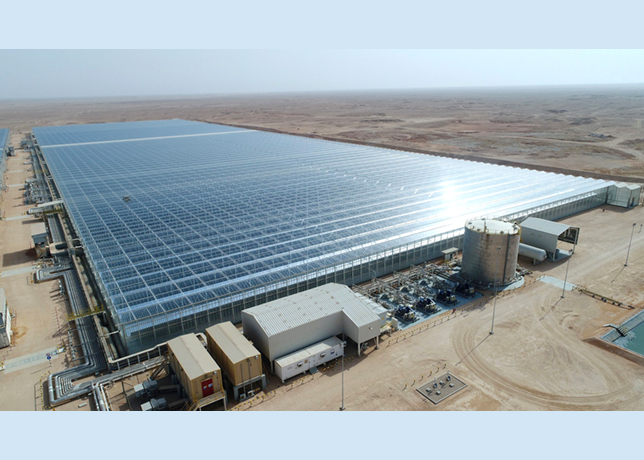
 A $250 million Adgas tender for another treain will increase LPG output to 2.7 million tpy
A $250 million Adgas tender for another treain will increase LPG output to 2.7 million tpy
As Abu Dhabi National Oil Company (Adnoc) celebrates its thirty-second year of corporate life, the emphasis continues to be on gas, although oil output too could increase in preparation for a global crude shortfall. Gayathri Embuldeniya reports.
Adnoc can look back at a year of continuing to optimise gas resources, boosting output capacity and hydrocarbon yield.
The introduction of advanced oil exploration and drilling technology has inevitably increased Abu Dhabi's offshore hydrocarbon yield.
Production from its two giant offshore fields, Zakum and Umm Shaif, has peaked at 420,000 barrels per day (bpd) and production could climb further in multi-billion dollar expansion programmes intended to fill any possible gap in global crude supplies.
The flavour of the year, and indeed of the forseeable future, continues to be gas. All power plants constructed in Abu Dhabi will be gas-driven. As a result, the demand for gas is rising faster than that for oil and is forecast to reach 5,000 cubic feet of gas (mcf) per day by 2007. This compares to just 100 mcf per day in 1980.
The drive is being led by subsidiaries such as the onshore gas processing venture Abu Dhabi Gas Industries Co (Gasco) and Abu Dhabi Gas Liquefaction Company (Adgas).
The Habshan expansion near Abu Dhabi City testifies to this surge in demand.
Built in 1983, it is owned by Adnoc and run by Gasco. It processes non-associated gas from the Thamama reservoirs at Bab.
Its expansions raised gas processing from 450 mcf per day to 3,000 mcf per day by the second half of 1999, making the plant the biggest of its kind in the world. It also processes associated gas.
Demand for gas, including gas for injection into the oilfields, is projected to reach 5,000 mcf per day by 2007.
Currently more than two-thirds of gas processed by Habshan is supplied to power and water desalination plants. Much of the rest is supplied to the Ruwais refinery and fertiliser complex.
In late 1994, Adgas' capacity to produce LNG on Das island was increased from 2.3 million tonnes per year (tpy) to 4.9 million tonnes per year.
Actual output has, however, averaged 5.3 million tpy over the past eight years, reports say.
The company also possesses the capability of producing 1.7 million tpy of LPG, 535,000 tpy of pentane and 338,000 tpy of sulphur.
A recent $250 million EPC tender for yet another train is expected to increase LPG output to 2.7 million tpy by the end of 2005.
Gasco will have additional plants to process both associated and non-associated gas, in view of further capacity expansions in the oil production system.
Meanwhile, crude oil output from Zakum and Umm Shaif, could climb further in expansion programmes that are aimed to provide a safety net in the case of unanticipated demand.
Zakum, first discovered in 1963 and commissioned four years later, produces 220,000 bpd from a total of 321 producing wells, making it one of the largest offshore oil fields in the world, says Adnoc.
The field has an area of around 1,270 square kilometres (508 square miles), almost double the area of Bahrain and more than a fifth the area of neighbouring Qatar.
Abu Dhabi Marine Operating Company, (Adma-Opco) is the second biggest oil producer in the UAE after the Abu Dhabi Company for Onshore Operations (Adco), one of the largest oil firms in the world.
Together, they account for more than 80 per cent of Abu Dhabi's total crude oil production of nearly 1.8 million bpd.
According to the Ministry of Petroleum and Mineral Resources, the UAE's cumulative oil output totalled 21.3 billion barrels since production started in 1962.
At current prices, the total value of that production was estimated at around $315 billion.
Despite the vast quantities extracted, the UAE's proven crude reserves have been revised up from around 35 billion barrels to 98 billion barrels at the end of 2002.
In addition, the emirate produces 2.12 million tpy of pentane-plus and has a 1.25 million tpy ethane stream for the petrochemical complex at Ruwais, on stream since December 2001.
Producing 2.05 million bpd, the UAE's Opec quota is 1.894 million bpd but Abu Dhabi is the only member-emirate to abide by Opec rules.
Meanwhile, Dubai's output has been declining steadily and most of Sharjah's production involves condensate, reports say.
Abu Dhabi now has the capacity to produce over three million bpd of crude oil and condensates, up from 2.45 million bpd at the end of 1996 and 1.9 million bpd in 1990/91.
Adnoc upstream experts say that the geology and petroleum reserves of Abu Dhabi allow the three million bpd capacity to be sustainable for several years.
In a move to ensure that the harnessing of these reserves does not take place at a heavy environmental price, Adnoc has made plans to phase out the use of ozone-depleting, halon-containing chemical fire extinguishing gases at its onshore and offshore oil installations by 2005.
The move takes place five years ahead of international rules banning the use of such ozone-depleting substances by 2010.











